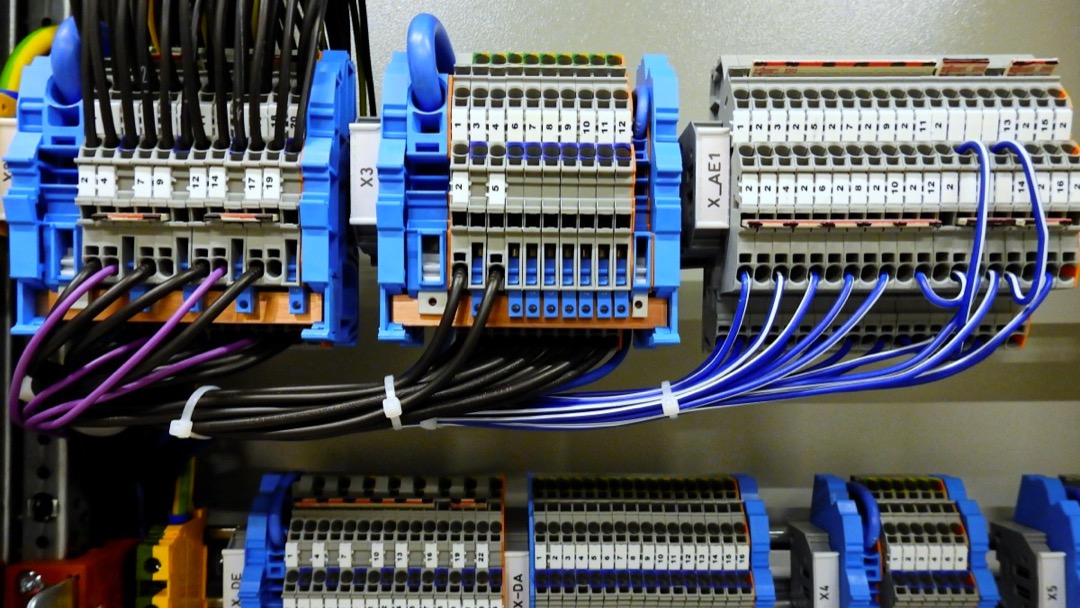First pass concept schematic for 4 seconds on, 72 minutes off, one chip, and no 555.
The ratio of 4 seconds to 72 minutes is 1080:1, while the maximum output period ratio for a CD4060 is between Q4 and Q14, which is only 1024:1. Thus, the outputs of one 4060 can be decoded to both intervals only if the output ratio spec is reduced slightly. One option is 4 seconds on and 68 minutes 12 seconds off.
Even with that, the output gating is a bit messy. Adding a simple pulse-former to the 4060 Q14 output separates the output pulse width from the overall period.
In this schematic, all component values are approximate.
C1-R1 set the relay on-time.
C2-R2 set the overall cycle time.
C4-R4 perform a power-on reset.
D2-R5 are an optional heartbeat indicator to show that the timer is running.
The circuit pulses the output once at power-on, then enters the long off period.
ak
View attachment 144619




